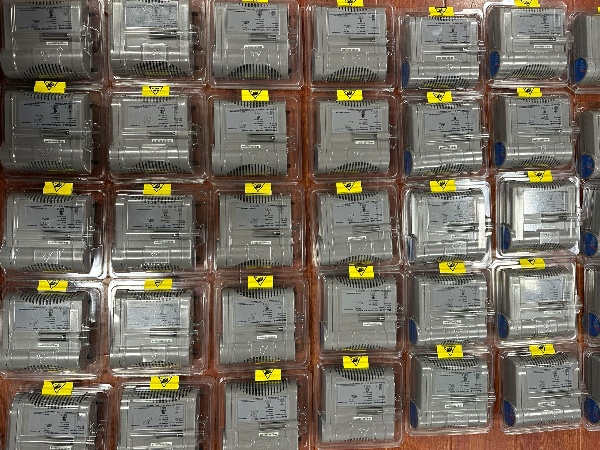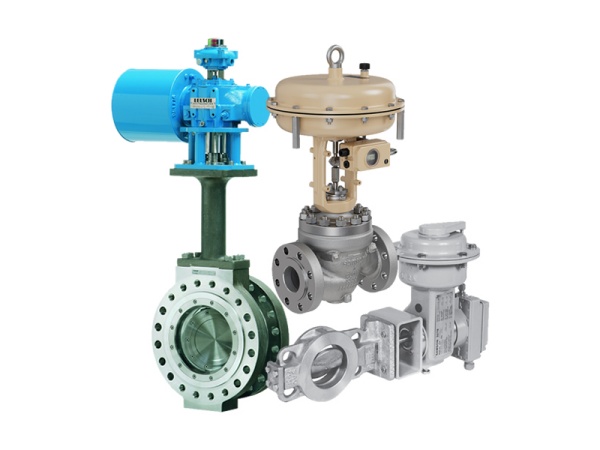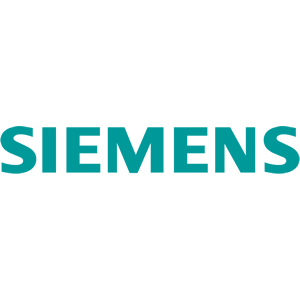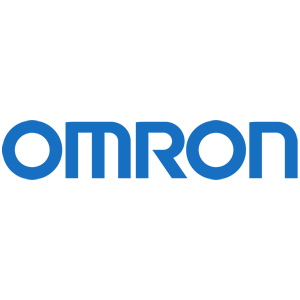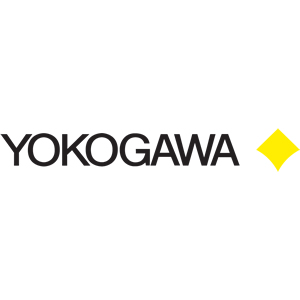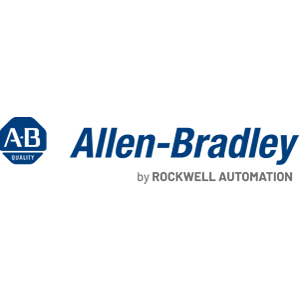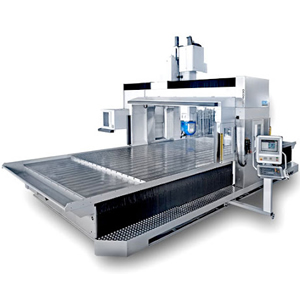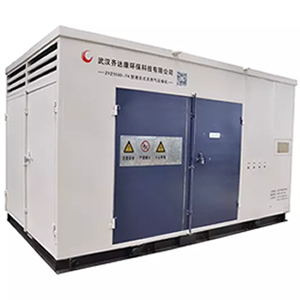Diskusi ringkes babagan hubungan antara kromatografi online lan kabin analisis
Diskusi ringkes babagan hubungan antara kromatografi online lan kabin analisis
Ing taun 1903, Mikhail Tsvet, botani Rusia, nemokke kromatografi nalika sinau babagan pigmen tanduran. Pakaryan pelirangane nyebabake pamisahan klorofil lan karotenoid, nempatake dhasar kanggo teknik kromatografi modern. Ing taun 1921, detektor konduktivitas termal pisanan lair.
Ing taun 1941, Archer Martin lan James ngusulake basis teori saka kromatografi parition partisi kromatografi, nyedhiyakake dhukungan ilmiah kanggo pembangunan sabanjure.
Ing taun 1947, Chromatograph Chromatorografi pertama ing donya lair. Ing taun 1954, detektor konduktivitas termal pisanan ditrapake kanggo kromatofor gas.
Ing taun 1957, kolom kapiler muncul.
Ing taun 1958, detektor hidrogen Ionization dienalake.
Miwiti wiwit taun 1960, kanthi pangembangan teknologi elektronik kanthi cepet, kromatografi kanthi cepet, bisa digunakake pirang-pirang iterasi produk, lan dadi luwih miniaturisasi lan cerdas.
Sawise kromatografi online dikembangake, mula ditrapake ing taunan proses proses industri. Kanggo nggunakake kromatofin online kanthi efektif, perlu kanggo nyukupi kanthi listrik, gas operator, gas referensi, pemenang nalika musim panas, lan ora pati rame, lan ora pati jelas. Iki nyebabake industri analisis sing muncul - integrasi Hut.
Analisis hut dadi omah kanggo kromatograph online. Iki padha karo kromatografi kanthi AC, Pemanasan ing udhara, nglelebke, pipa kontrol, pangenalan driji, komputer, seret - Feature, Filter - Fasilitas Komunikasi Opsi, lan liya-liyane. Gubug bisa disesuaikan karo lawang lan Windows yen perlu. Bisa uga dirancang minangka "loro - kamar turu lan siji - kamar" - kamar "karo kamar sing kapisah kanggo kromatog lan program ngarep sing dilengkapi karo udhara ing kondhisi udara lan sistem ventilasi. Ukuran gubug ditemtokake adhedhasar jumlah analisis sing dipasang. Orientasi analisa lan gubuk kabeh kudu direncanakake luwih dhisik - instalasi situs pipo lan kondhisi, tabung listrik, lan tabung listrik.
Kromatografi biasane teka karo pasokan tenaga sing ora pati jelas. Nalika - outaan listrik situs ora mungkin, pasokan gas ora kudu diganggu, amarga ora ana gas operator bakal menehi kromatografi ora bisa ditindakake. Gas karat kromatik kalebu hidrogen, nitrogen, helium, lan sapiturute, kanthi hidrogen sing paling umum. Kemenangan kanggo negesake safety silinder gas, minangka 40 - cylinder gas pembekat lan 8 - liter referensi silinder gas diklasifikasikake minangka bahan mbebayani. Bilinder baja kasebut ngemot gas tekanan sing dhuwur - gas tekanan lan kudu diangkut lan ngatur kanthi profesional kanggo nyegah bocor.
Kanggo gubuk analisis cilik lan medium, operator lan referensi gas siluter biasane dipasang ing tembok njaba Hut nggunakake kurungan lan rantai kanggo nyegah bahaya lan potensial. Toko silinder gas disambungake kanggo pengatur meksa liwat selang logam khusus kanggo nyuplai gas menyang Chromatogra. Ing kasus gedhe - gubug kromatografi utawa permintaan hidrogen sing signifikan ing tanduran, sawetara tanduran kimia nggunakake macem-macem syarat hidrogen, ngatasi syarat gas lan transportasi.
Ringkesan, kromatografi online lan gubuk analisis nuduhake hubungan steregestent. Loro-lorone yaiku mesin sing mbutuhake manajemen manungsa lan pangopènan bisa mlaku kanthi efektif. Mung kanthi perawatan sing darmabakti bisa terus nindakake analisis otomatis lan nyedhiyakake data sing migunani kanggo sistem DCS.


